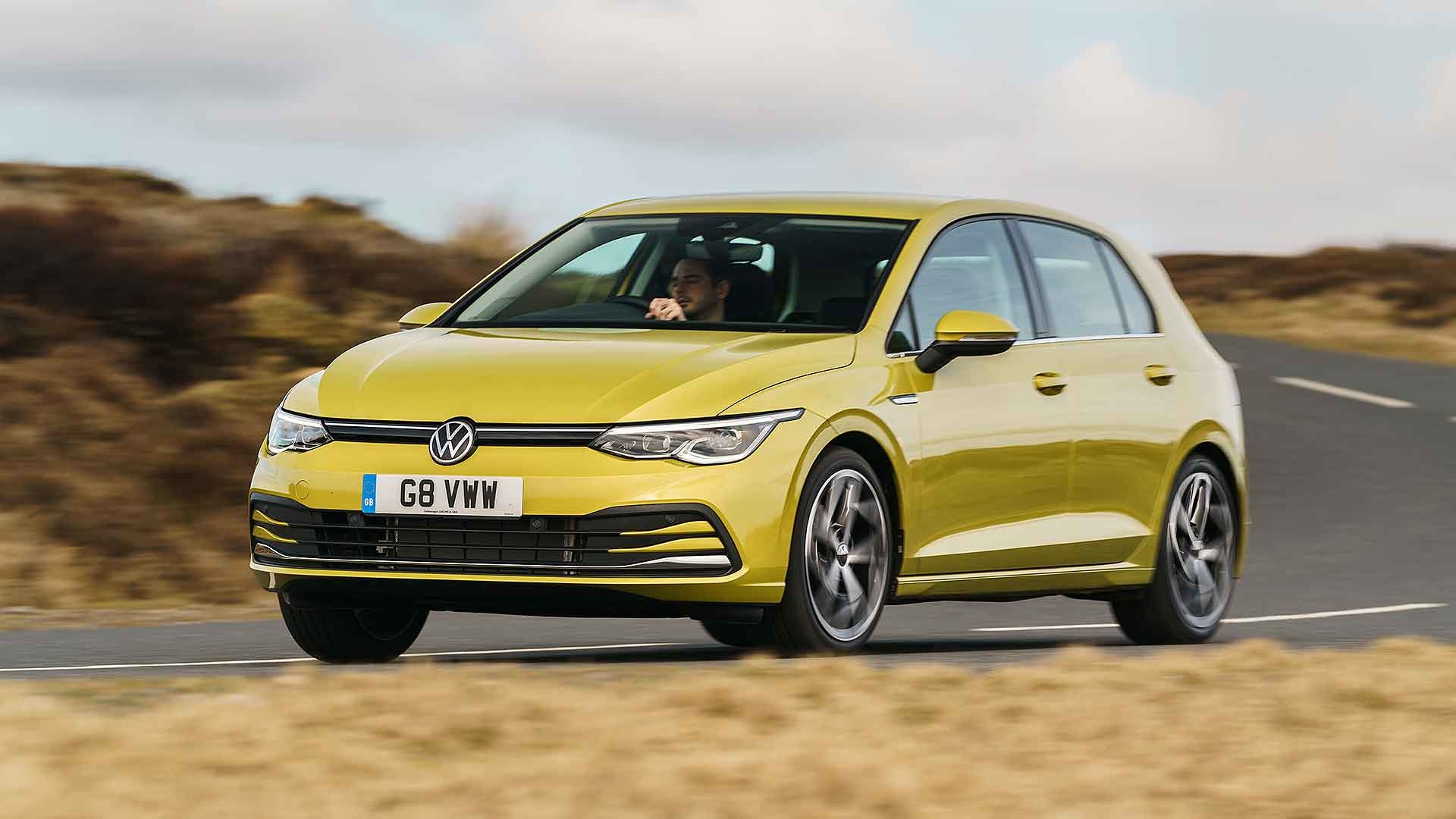
The Volkswagen Golf is Britain’s favourite family hatchback, having long since taken over from the Ford Focus and Vauxhall Astra. It’s a cut above the norm, has a strong but not brash image, and is jolly sensible in every way. Aspirationally British indeed.
This all-new version is the eighth generation of Golf dating back to the early 1970s (insiders call it Golf 8). Surprisingly, while the silhouette is familiar, the front end is rather more fanciful than any Golf before it. Not everyone is a fan of its oddly snubby appearance.
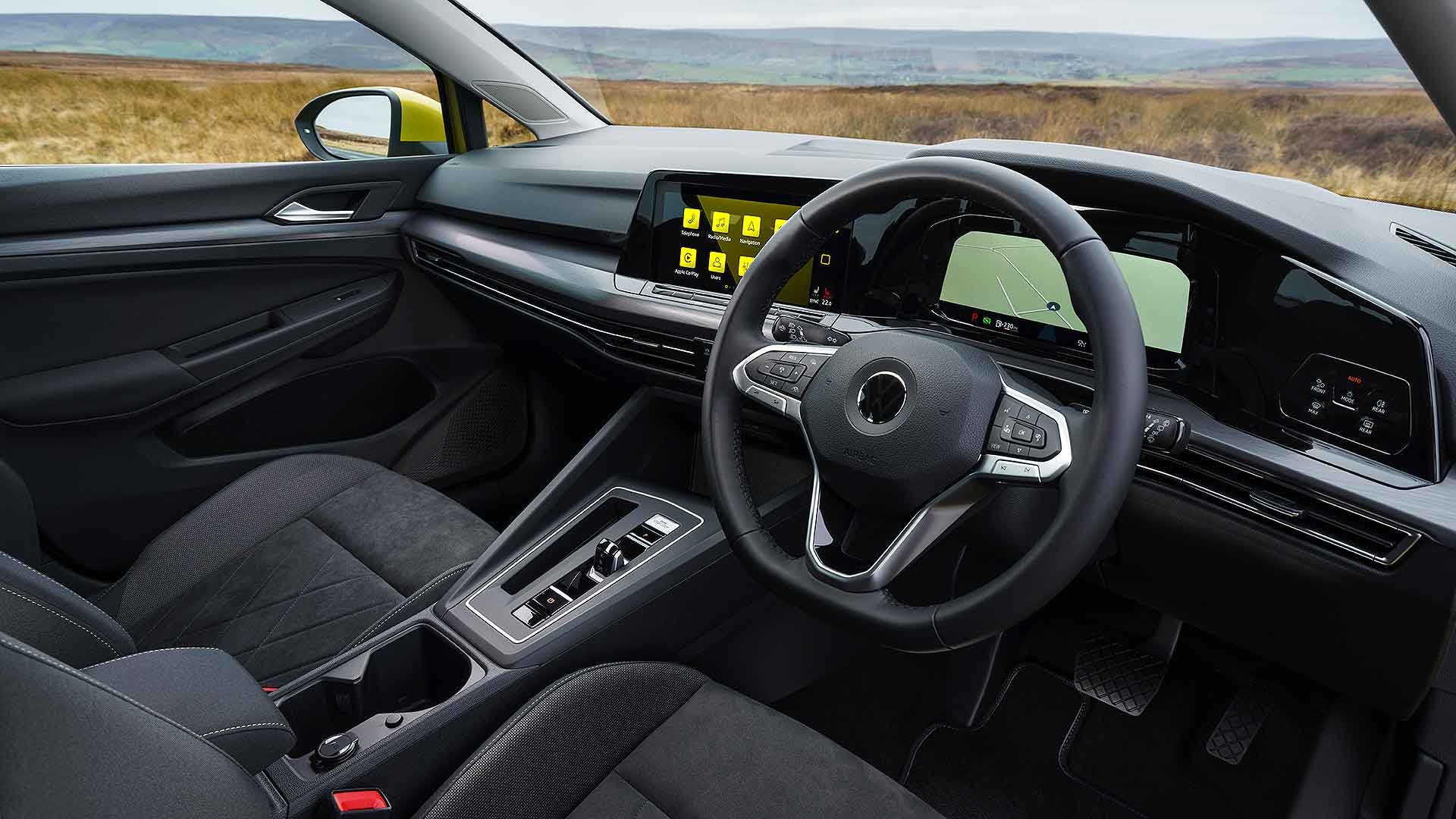
The interior has been digitised too: buttons are out, touchscreens and touch-sensitive panels are in. Luckily, the fundamentals that make a Golf, well, a Golf are safely intact. It’s roomy. Refined. Reliable. Robust.
Although this is 2020, there won’t be an all-electric version of this Golf. The Volkswagen ID.3 is the firm’s answer for family hatch buyers seeking 100 percent zero emissions motoring. Instead, the engine range will be familiar to drivers of the outgoing car, heavily biased to TSI turbo petrol engines.
Fast Golfs – the GTI, GTE, GTD and R – are all coming. For now, the UK range is focused on the core variants, with model variant names such as Life and Style.
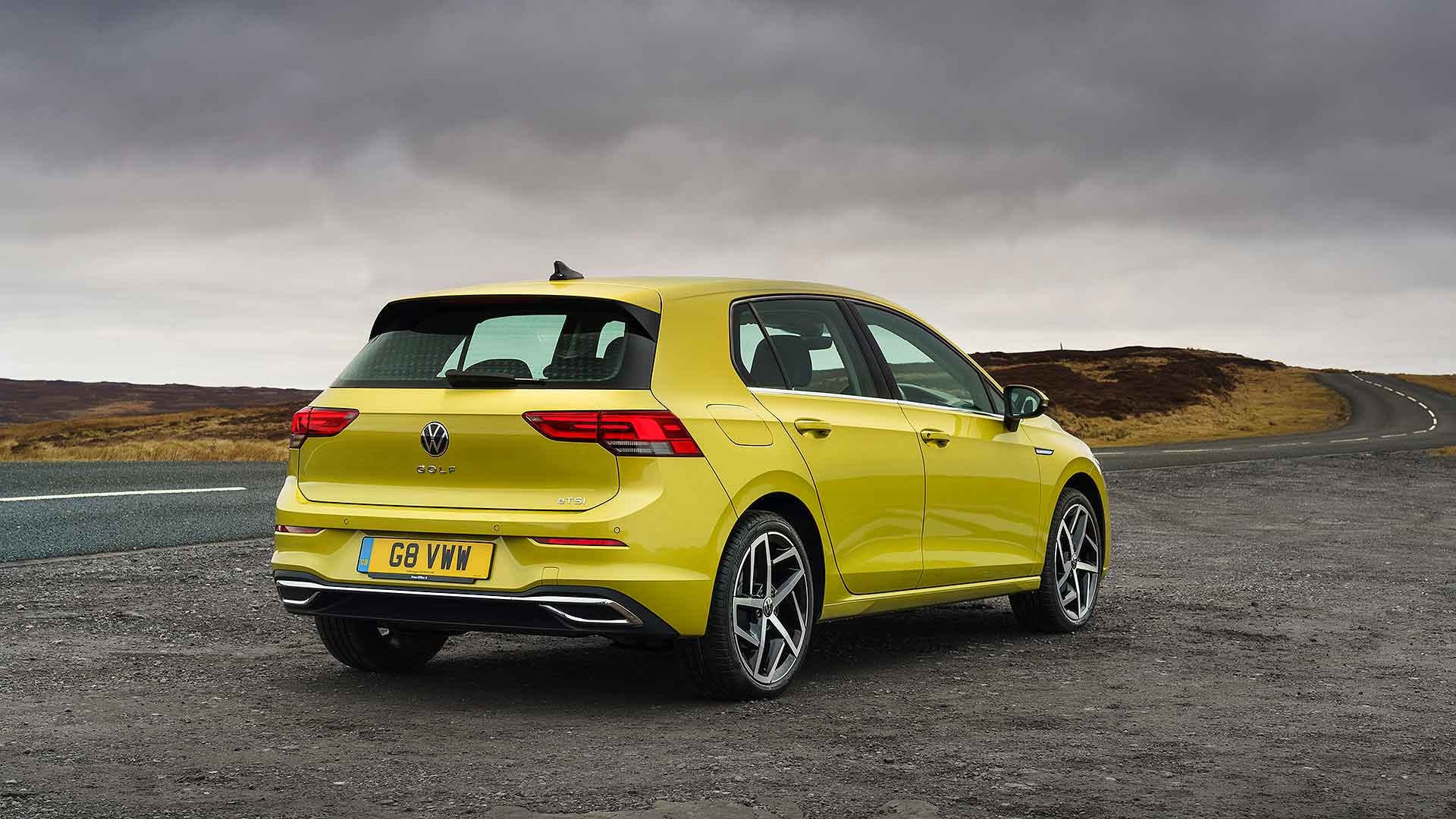
We tried an entry-level Life, in the rather wonderful launch colour called Lime Yellow Metallic. It didn’t have the base 1.0-litre TSI 110 engine though: we were upgraded instead to the 1.5-litre TSI 130 (and why not, when it’s only an extra £600?). Time to predict whether it will remain a best-seller.

Driving the 2020 Volkswagen Golf
From the moment you step into a Golf, it’s clear this is a car that’s been obsessively poured over and detail-engineered during design. The driving position is excellent, forward visibility is clear – helped by a deep windscreen (and hidden windscreen wipers) – and the seats supportive.
There are lots of quality touches, such as the flock-lined door bins (both front and rear) and nice soft-touch dash top. And some thoughtful design details – I love the fabric smartphone holders on the back of the front seats, and the massive cubby in the centre console is very practical.
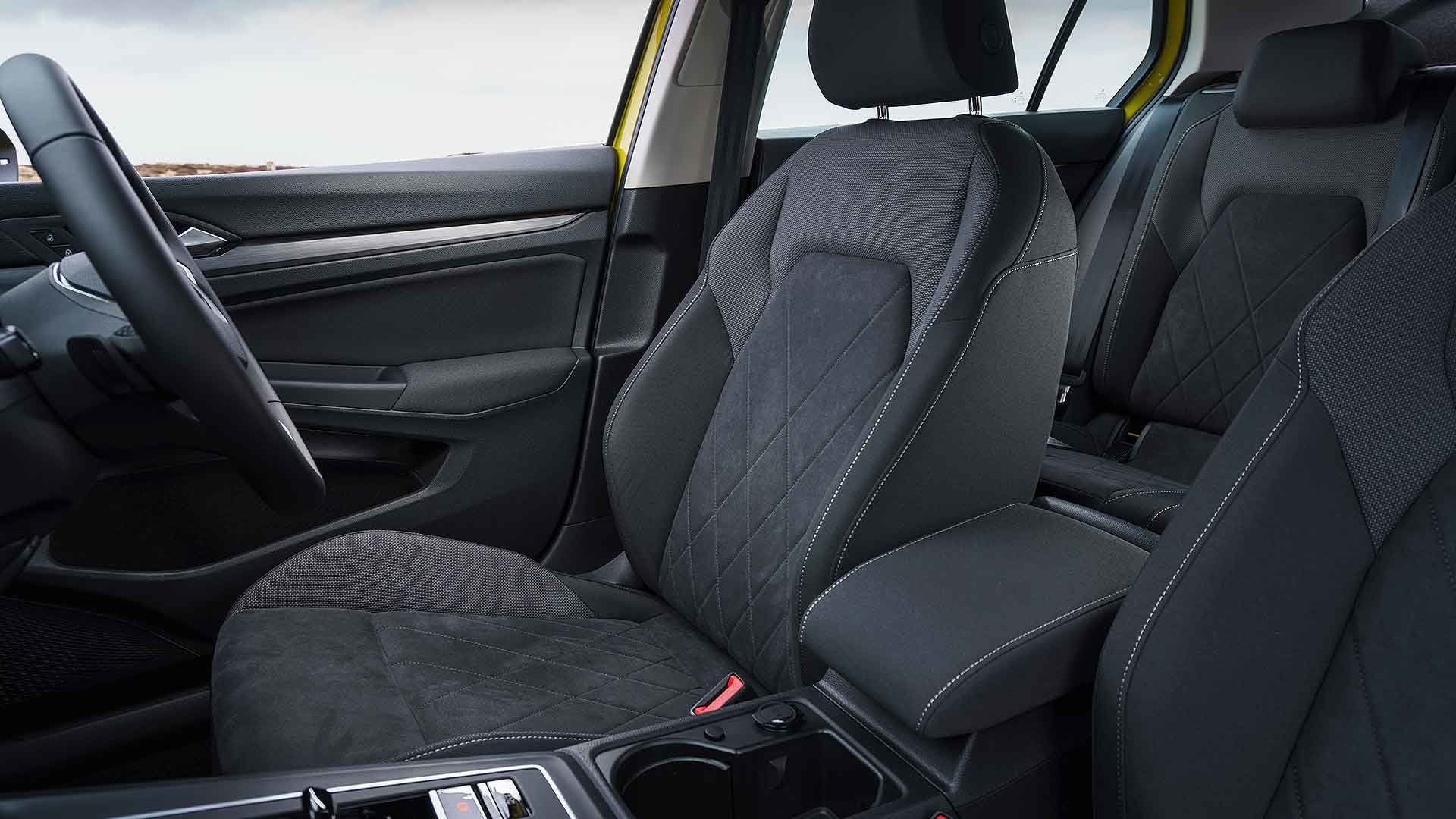
The big infotainment screen takes some getting used to. Lots has been packed into there – even the temperature controls are now shortcut keys on the bottom of the screen. It lacks turnkey familiarity, although it does include Apple CarPlay and Android Auto, so you won’t be completely lost.
There’s a surprising usability issue too – resting your thumb on the base of the screen (to keep your finger stable) clicks the heater and stereo volume up and down without you realising (until you are deafened). The obsessive engineers are surely kicking themselves over this infuriating flaw.

More logical is clustering the windscreen demist and heated rear screen onto the lighting touch-panel to the right of the steering wheel. Everything is therefore in one location, which keeps the rest of the dash clutter-free.
Of course, there’s a good amount of space in the rear even for adults, and the bench seat base is supportive and nicely cushioned, not spongy and uncomfortable. The square, deep 381-litre boot is impeccably well shaped and practical.
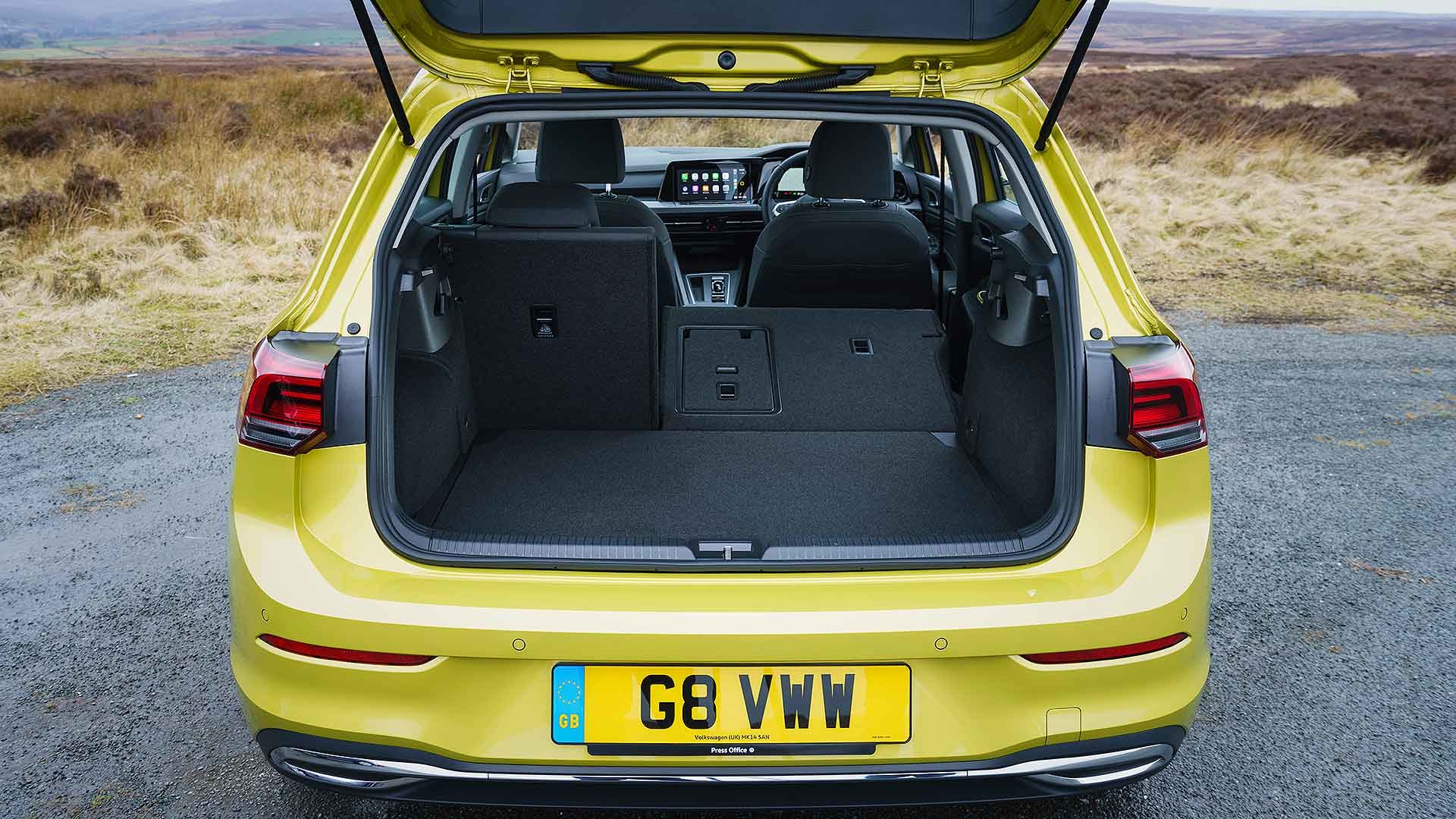
I felt the engine could feel a little flat at low revs, when the turbo wasn’t boosting. It also sounded like it was spinning a bit high at motorway speeds (with 2,400rpm registered at 70mph in sixth gear, it wasn’t). It’s a lovely engine otherwise though, with a remarkably smooth-running nature and feeling of easygoing effortlessness.
During relaxed cruising, it automatically switches to a fuel-saving two-cylinder mode. You can’t tell and can’t feel it: the only indicator is an ‘eco’ logo that lights up above the speedometer. This helps it turn in outstanding fuel economy figures on the motorway. 71.7mpg after a 100-mile motorway run is not to be sniffed at.
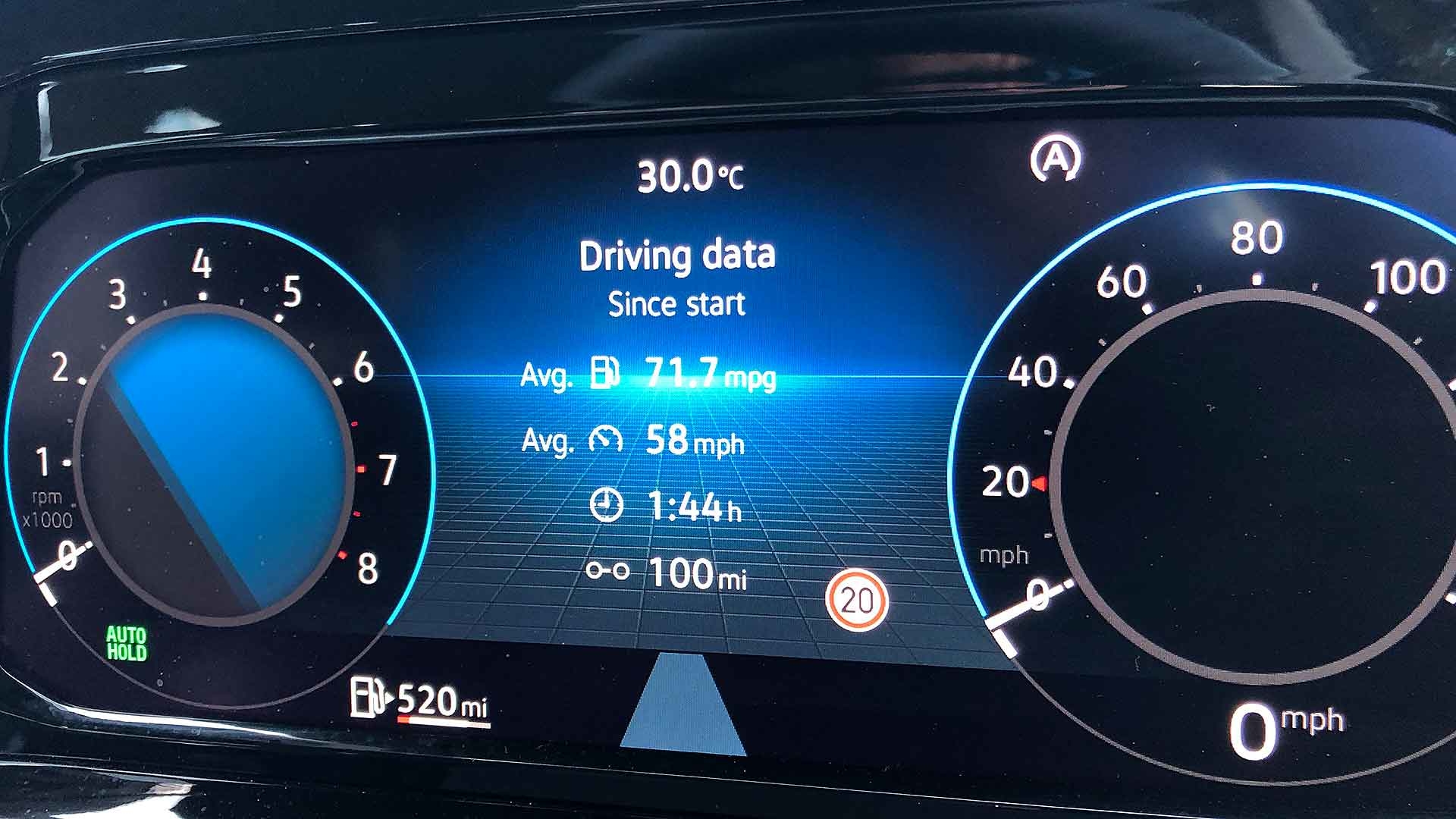
Given how we tested it in its most easygoing guise, I was surprised to feel a bit of a taut edge to the ride quality over bumps. It seemed a little more jiggly than previous Golfs, and the rear end was at times a little rough over broken roads. It wasn’t headline-grabbing, but there seemed just to be a trace more knobble compared to well-oiled Golfs of old.
There’s no issue with refinement itself. Wind and road noise are exceptionally well isolated, making this family hatch feel like a posh executive saloon at speed. It’s a shame some of the details are no longer as well-refined as they once were: see the cheap strings holding the parcel shelf up, and the fact you only get soft-touch plastic on the doors in the front – second-row passengers have second-rate hard plastic.
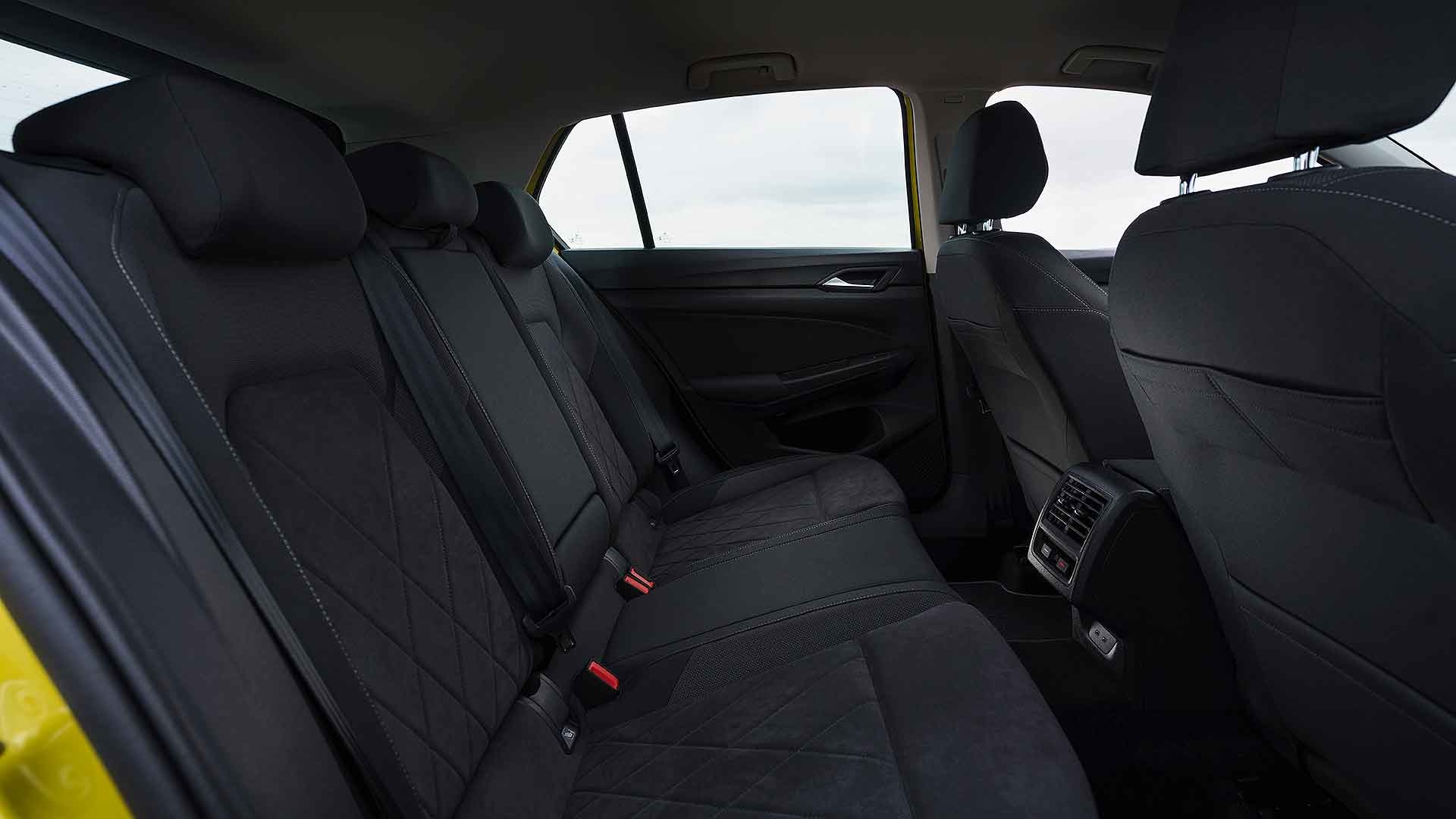
Handling, of course, is reassuringly safe and secure. Steering is precise and low-effort, without feeling disconnected, and the Golf has an assurance across most roads that’s confidence-inspiring. Only if you really start to press on, or encounter some mid-corner bumps, will you feel the limitations of the cheaper type of rear suspension Volkswagen now fits to lower-power Golfs.
Special mention to the active cruise control that’s fitted to all Golfs as standard now, as part of a very comprehensive active safety kit. This is a very well-tuned system that’s more subtle and intuitive than many such systems. You can use it with confidence, without having to recognise its foibles. And the auto-on lane keep assist is excellent too – because it’s easily turned off via a button on the end of the indicator stalk…
Verdict: Volkswagen Golf (2020)
In so many ways, the 2020 Volkswagen Golf 8 is a perfect car. It’s a cut above, a near-flawless machine to drive, a practical and usable vehicle that will make for painless family motoring. OK, it carries a price premium compared to just-as-good alternatives such as the latest Seat Leon, but it doesn’t take long to see why.
The only thing we’re not sure about is how it looks. Beauty is in the eye of the beholder, of course… but the fact we’re discussing an aspect of its styling is in itself unusual for a Golf. Perhaps we’ll get used to it. And sales figures already suggest buyers don’t mind. Looks like VW’s onto another winner.
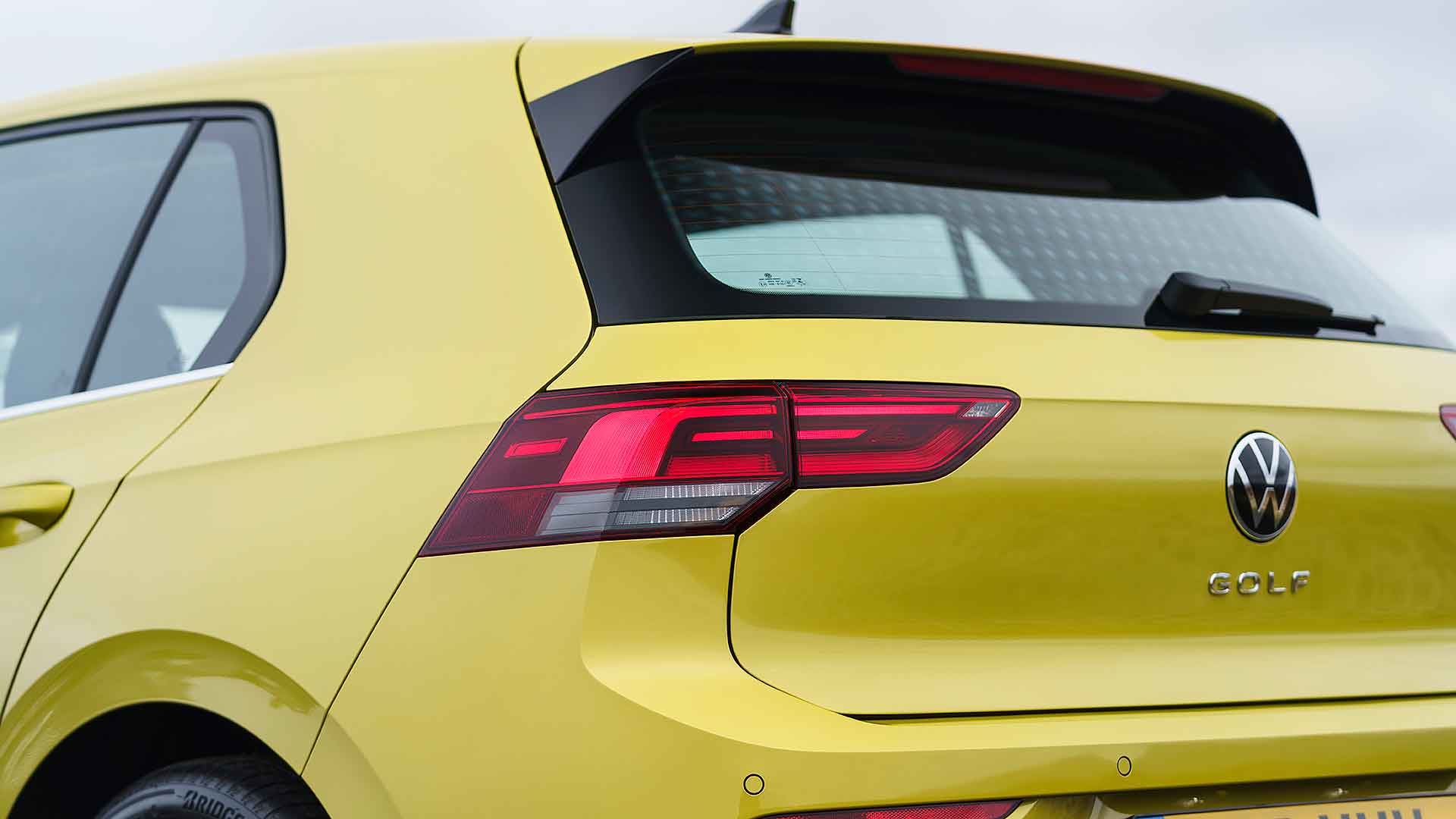
Specs: Volkswagen Golf Life 1.5 TSI 130
- Price: £23,900
- Engine: 1.5-litre four-cylinder turbo
- Power: 130 hp
- Torque: 148 lb/ft
- Gearbox: Six-speed manual
- 0-62mph: 9.2 seconds
- Top speed: 133 mph
- Fuel economy: 52.6 mpg
- CO2: 122 g/km
- Length / width / height: 4,284 / TBC / 1,491 mm
- Boot capacity: 381 litres
- Weight: 1,315 kg
ALSO READ